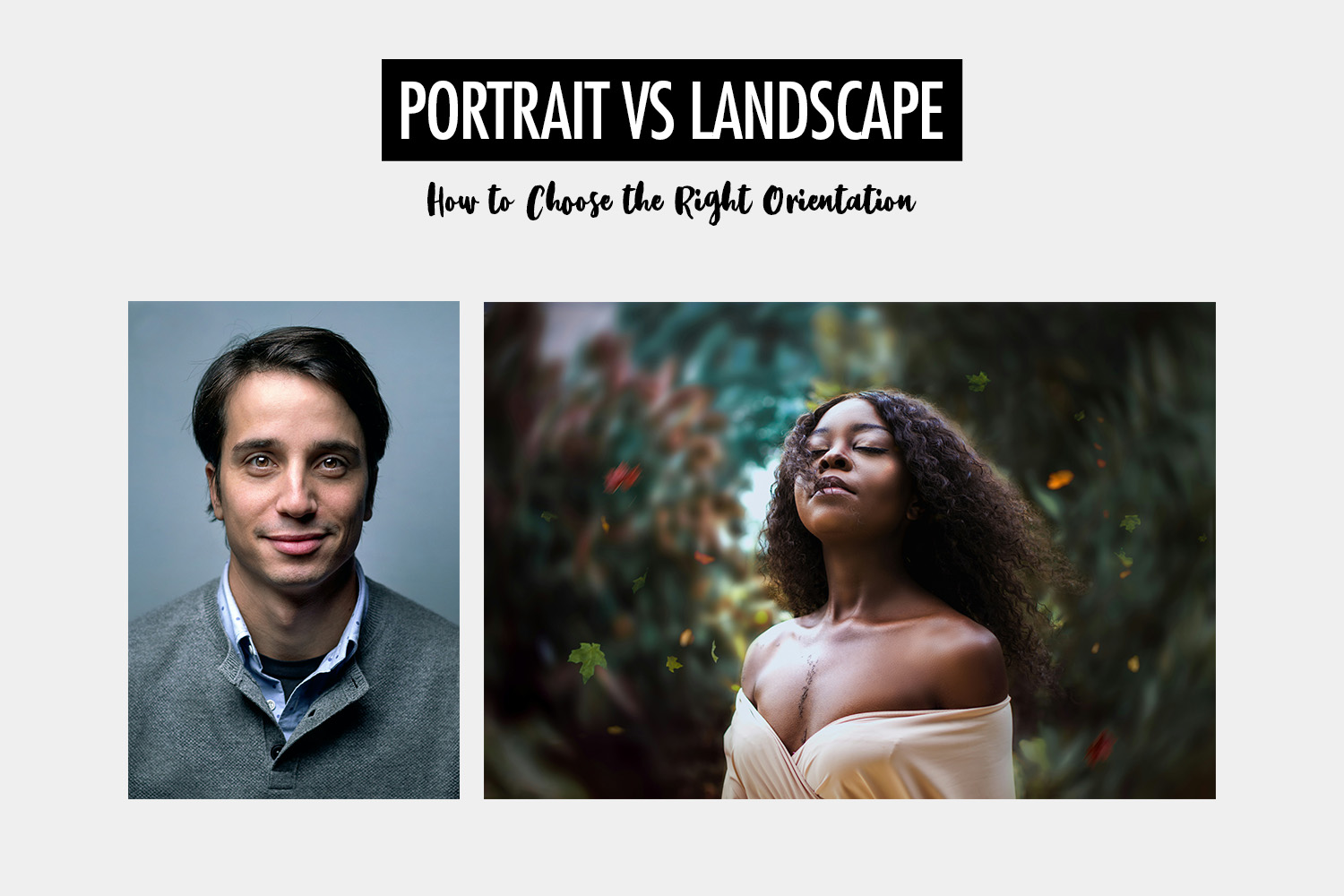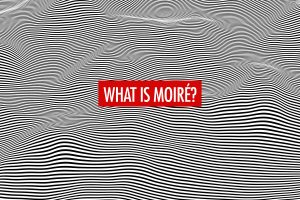Photography isn’t just about what you capture, but also how you frame it. Two photographers can stand side by side, aim at the same subject, and still create completely different images. One might shoot in landscape, the other in portrait, and that single choice can transform the mood and meaning of the photo.
For many photographers, choosing between landscape and portrait orientation feels like second nature—but it’s worth taking a moment to pause and consider. What’s your subject? How do you want to frame it? What story are you aiming to tell? And just as important, how will the photo be shared? These questions shape not only the technical outcome but also the emotional impact of your images.
In this guide, we’ll dive into the differences between landscape and portrait orientation, explore when each works best, and examine how social media is shaping orientation choices today. You’ll also pick up practical tips to help you use both approaches more intentionally, so your decisions serve your vision rather than routine.
How to Choose Between Landscape and Portrait
Before you even bring the camera to your eye, take a moment to consider what you want your photo to achieve. Orientation is one of the first creative choices you’ll face, and it sets the tone for everything that follows. There’s no one “right” answer, but asking yourself a few guiding questions can help you make the decision with greater intention.
What Is the Subject?
Every photo starts with a subject, and its shape often suggests which orientation works best. A tall subject calls for a different approach than a wide one, though many are more versatile than they first appear. Think not only about the subject itself, but also about its relationship to the surrounding environment. Is it isolated and commanding attention, or part of a broader scene that gives it context?
How Do You Want to Frame It?
Composition is where orientation has the greatest impact. Portrait and landscape frames divide space in distinct ways, influencing how much room your subject has and where the viewer’s attention goes. Do you want your subject to command the frame, or to coexist with its surroundings? Consider background details, leading lines, and how your chosen orientation can either clarify or complicate the story you want to tell.
What Story Do You Want to Tell?
Photography is as much about emotion as it is about detail. Orientation helps guide the mood of the image. A wider frame can suggest scale, openness, and movement, while a taller one can feel more intimate, focused, or dramatic. Neither is inherently better; it depends on what you want people to feel when they see the photo. Before pressing the shutter, ask yourself: what do you want the image to say?
How Will the Photo Be Shared?
The setting where your photo will be viewed is just as important as what’s inside the frame. A print on a wall, a magazine spread, or a phone screen each presents orientation in a different way. By considering the final destination, you can choose the format that best amplifies your message. The medium doesn’t have to dictate your decision, but being mindful of it helps you balance creative freedom with practical impact.
Main Differences Between Landscape and Portrait
Landscape and portrait orientations each create a unique visual structure. The way they stretch across a frame or pull upward changes how space, subjects, and details are presented. Understanding these contrasts makes it easier to see why photos feel so different depending on the orientation.
Emphasizing Height or Width
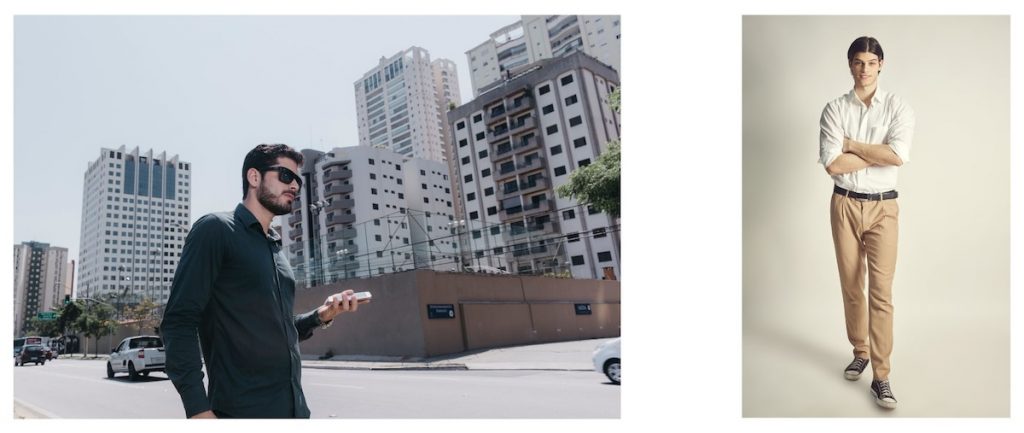
The most obvious distinction is in direction. A horizontal (landscape) frame emphasizes width, guiding the viewer’s eye across the scene from left to right. It evokes a sense of openness, balance, and calm. A vertical (portrait) frame emphasizes height, naturally drawing the eye up and down. This gives the subject a stronger, more upright presence, often conveying strength, elegance, or intimacy. These inherent qualities mean that orientation affects not only how much of the scene is shown, but also the mood and interpretation of the photograph.
Focus
Where you want the viewer to look should guide your choice. A wide frame encourages the eye to move across the image, taking in multiple elements of a scene from left to right. This is why landscapes, cityscapes, or group shots often feel more natural in a horizontal orientation where the eye can travel smoothly and absorb the full context. A tall frame, on the other hand, directs attention vertically. The upward pull creates a stronger sense of focus, whether it’s drawing attention to a person’s expression, the details of an outfit, or the height of a building. Because the portrait orientation narrows the frame, it also eliminates distractions on the sides, which helps isolate the subject and give them more visual weight.
Space and Breathing Room
Space works differently depending on orientation. In landscape photos, negative space stretches horizontally, creating a sense of calm that feels open and airy. It gives the subject breathing room while still leaving context around them. In portrait orientation, space is more vertical, and the negative areas can emphasize height, power, or intimacy depending on how they’re used. A tall building framed with extra sky above it feels towering, while a portrait with space above the subject’s head feels contemplative. The way you leave room within the frame can completely change the energy of the photo.
Emotional Impact
The orientation of a photo can alter the emotional response it creates. A wide, horizontal shot often feels cinematic, calm, and expansive, giving the viewer room to breathe and take in details across the frame. This sense of openness works well for settings where atmosphere is as important as the subject, such as landscapes, architecture, or large gatherings. A vertical photo, on the other hand, feels more immediate and intense. By tightening the frame and pulling the eye upward, it often creates a stronger connection between viewer and subject. Portrait orientation can feel personal, powerful, or even confrontational, especially when the subject fills most of the vertical space.
Rule of Thirds
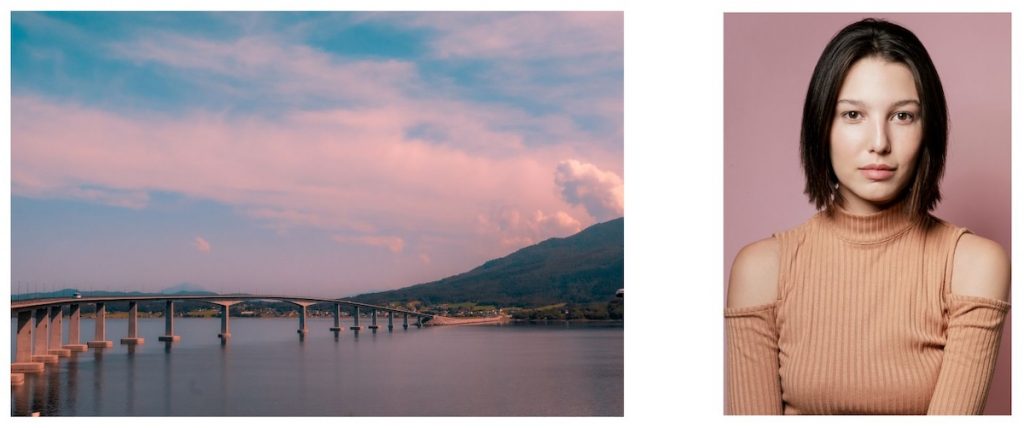
The rule of thirds interacts differently depending on whether you’re shooting horizontally or vertically. In a landscape frame, placing your subject along one of the vertical thirds allows the surrounding environment to fill the rest of the space, creating balance and a sense of story between subject and setting. This is why horizon lines often sit on the upper or lower horizontal third, guiding the viewer’s eye naturally across the frame.
In portrait orientation, the rule of thirds often emphasizes the subject’s height and expression. Positioning a person’s eyes on the upper third, for example, immediately draws the viewer into their gaze while leaving enough space below for posture or background context. By applying the rule in each orientation, you can use the natural flow of the frame to lead attention and add depth, without the photo feeling forced or overly staged.
Common Aspect Ratios
Aspect ratios also play a role in how orientation is experienced. Landscape photos are most commonly framed at 3:2 or 16:9, both of which emphasize horizontal width and create a cinematic feel. These ratios are excellent for displaying sweeping environments or fitting multiple elements into one scene.
Portrait orientation usually uses ratios like 2:3 or 4:5, which highlight vertical length and give more room to showcase a subject’s height or posture. The 4:5 ratio, in particular, is popular on social media platforms because it fills more of the screen without cropping. Choosing the right ratio is not just a technical decision but it enhances the natural strengths of the orientation and determines how the final image will be perceived across different mediums.
These differences set the foundation, but the real impact comes from how you apply them. Once you understand what each orientation naturally emphasizes, the next step is knowing when to use them. Certain subjects and genres pair more naturally with landscape or portrait, while others invite you to bend the rules for creative effect.
Best Use Cases for Each Orientation
After considering the key questions that guide orientation, it’s useful to see how those choices work in practice. Some subjects and genres naturally lend themselves to one orientation over the other. Recognizing these patterns provides a helpful foundation, while still leaving plenty of room for experimentation and creative rule-breaking.
Best Subjects for Landscape and Portrait

Landscape orientation tends to shine when the subject itself is wide or when the story depends on context. Vast scenery, architectural facades, and large groups of people are easier to capture in a horizontal frame because it mirrors the way we see the world. A sweeping horizon or a bustling street scene feels more complete when it stretches across the width of the photo.
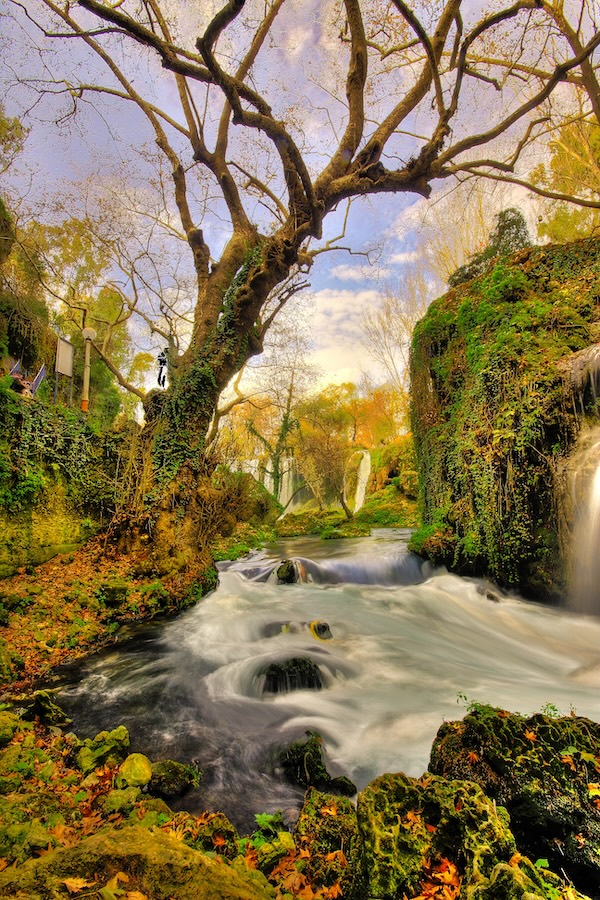
Portrait orientation, on the other hand, excels when the subject is tall, narrow, or when you want to create focus and intimacy. Full-body portraits, trees reaching skyward, or urban elements like lamp posts and skyscrapers all gain strength in a vertical frame. The format naturally directs the viewer’s eye up and down, emphasizing stature, depth, or closeness.
Of course, not every subject fits neatly into one category. A landscape scene can be reimagined in portrait to highlight a leading line into the distance, while a single person can look powerful in a horizontal shot if placed within a wider environment. The key is to recognize the “default” orientation for a subject, then decide whether to follow it or subvert it for impact.
Best Genres for Landscape and Portrait
Beyond individual subjects, certain genres lean toward one orientation more often. Landscape photography, as the name suggests, relies heavily on horizontal framing to showcase scale and space. Architectural photography often switches between the two, with verticals capturing height and horizontals emphasizing breadth. Street photography uses both freely, depending on whether the emphasis is on a person or the surrounding context.
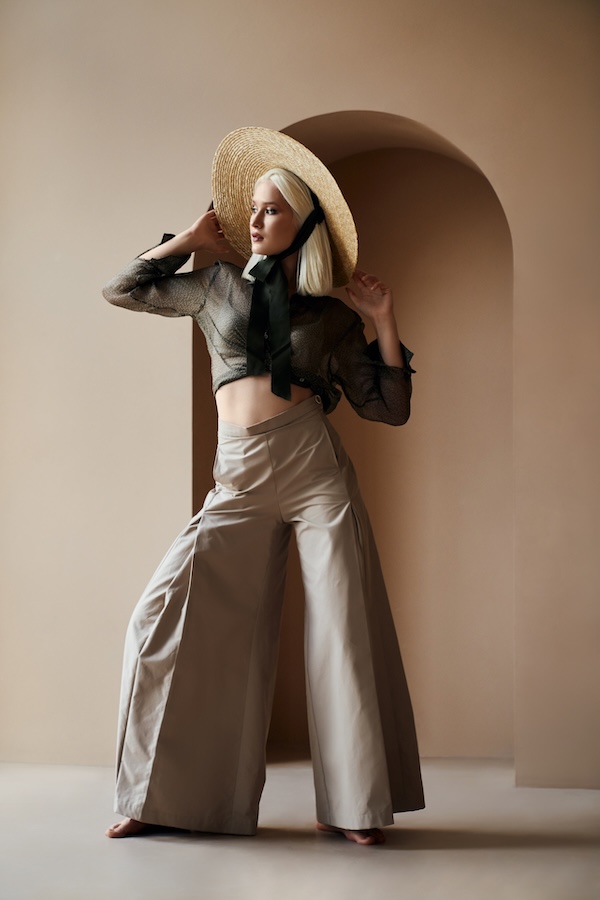
Portrait photography naturally favors the vertical frame, but it doesn’t stop there. Environmental portraits, where the setting is just as important as the person can benefit from a wide horizontal shot to balance subject and background. Wildlife photography also alternates: a grazing herd fits best in landscape, while a single standing giraffe or eagle in flight may be stronger in portrait.
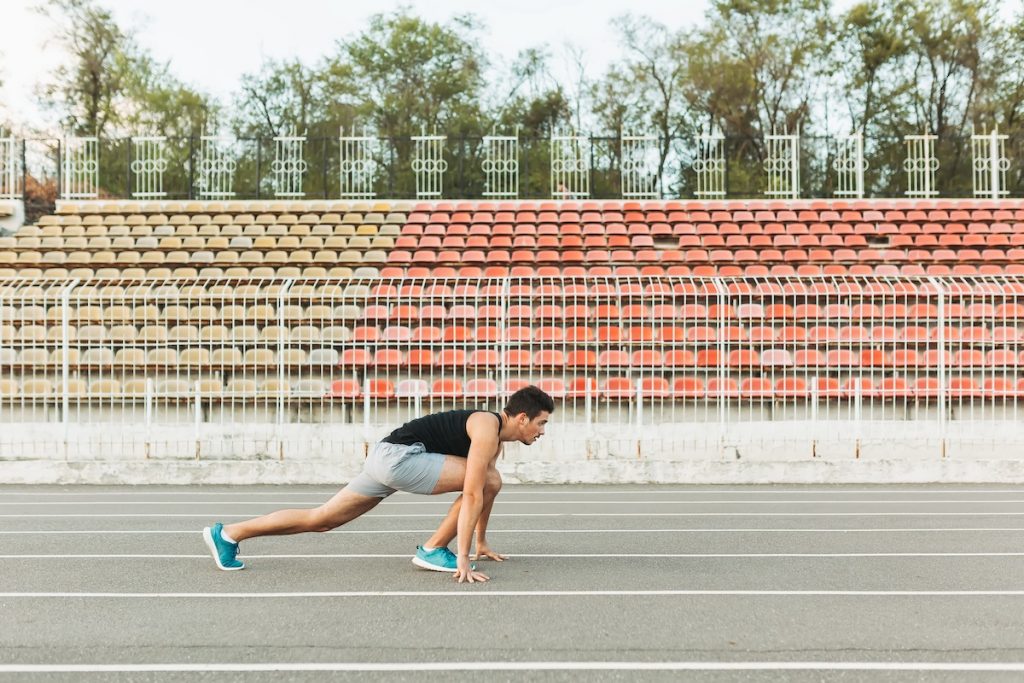
Even in sports and event photography, orientation patterns emerge. Team photos tend to work best in landscape, while action shots—like a high jump or a dancer mid-leap—often feel more impactful in portrait. These genres don’t impose strict rules, but they offer helpful starting points that reflect how orientation shapes mood and focus.
Social Media and Orientation

Once your photo goes online, orientation significantly affects how it’s perceived. Each social platform has its own layout and user habits, which can either enhance or diminish the impact of your image.
Instagram strongly favors portrait photos. Vertical shots fill more of the mobile feed, making them harder to scroll past, while landscape images often shrink and lose presence unless carefully cropped. Stories and Reels push this even further since they are built entirely around vertical viewing. For photographers aiming for reach and engagement, portrait orientation usually wins here.
Facebook handles both orientations fairly well. Horizontal shots suit group photos, events, or wide settings, while vertical images stand out in the mobile feed for single-subject focus. Using a mix in albums often creates a more engaging flow for viewers.
TikTok
On TikTok, the decision is made for you: vertical is king. Whether you’re using still photos in slideshows or blending them into short-form video edits, the platform’s design favors full-screen verticals. Shooting in portrait from the start ensures that your subject fills the frame without awkward cropping.
Flickr and 500px
Platforms like Flickr and 500px prioritize clean presentation over format. Both orientations are displayed with minimal cropping, letting the photo stand on its own. Landscape photos often feel cinematic on these platforms because galleries give them room to breathe, while portrait shots benefit from clean, uninterrupted presentation.
Other Social Media Platforms
On platforms like Twitter (X) and LinkedIn, landscape orientation often feels natural because of the text-plus-image layout. A wide frame complements banners, infographics, and event photos. Still, vertical shots can stand out on mobile, where most users scroll. The key is understanding that orientation here doesn’t just affect aesthetics, it also changes how the photo fits into the rhythm of the platform.
In short, social media trends lean heavily toward portrait orientation, particularly on mobile-first apps. That doesn’t mean landscape should be ignored. It just means you need to think about where your audience will see your photos most often. A photographer who wants reach and engagement might choose portrait orientation for Instagram, while one aiming for storytelling across Facebook or LinkedIn might lean toward landscape.
Portrait vs Landscape: Which One Is Better?
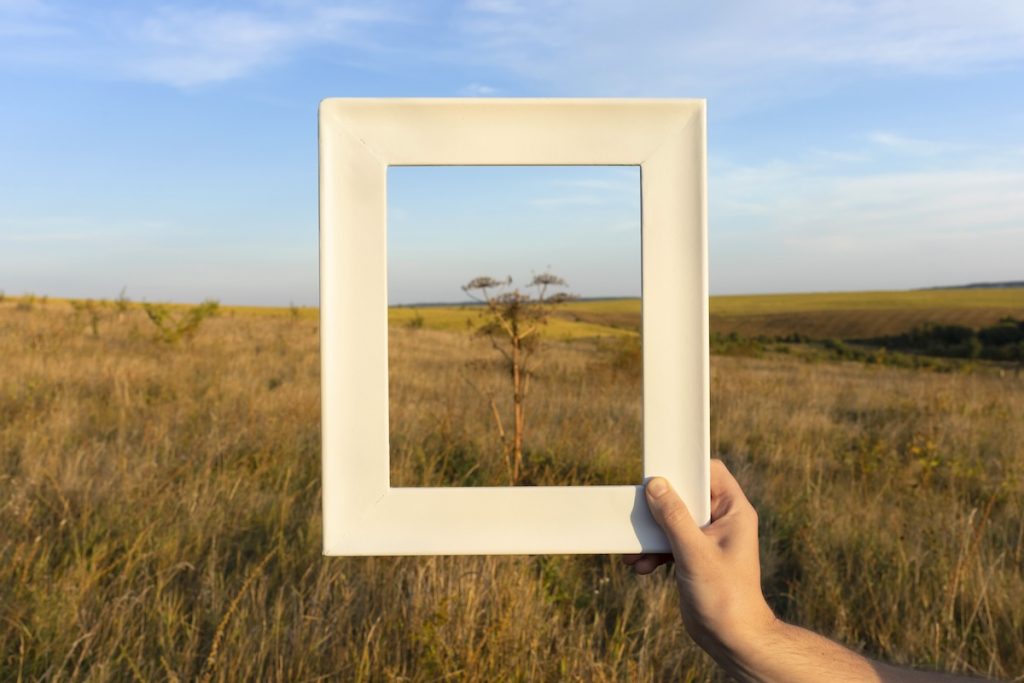
After looking at the differences, use cases, and even how social media shapes orientation choices, it is tempting to ask which orientation is better. But the truth is, neither portrait nor landscape has an edge over the other. Each carries its own strengths and limitations, and both can produce striking results depending on what you want to capture.
A wide landscape photo can feel cinematic, pulling the viewer into the full sweep of a scene, while a tight portrait frame can lock their attention on emotion or detail. Sometimes the story you want to tell only works one way, and other times the unexpected choice is what makes an image memorable. What happens when you shoot a portrait of a person in landscape orientation, letting the environment dominate? Or when you frame a vast mountain in portrait, emphasizing its towering height? These decisions blur the line between technical choice and creative expression.
Rather than asking which orientation is “better,” a more useful question is: which one best conveys what you want to express in your photo? The answer will often vary from subject to subject, and that very flexibility is part of what makes photography so rewarding.
Wrapping Up
Choosing between landscape and portrait orientation may seem like a simple technical decision, but it shapes the entire mood and message of a photo. From the way subjects are framed to how space is emphasized and even how images are shared online, orientation plays a bigger role than many photographers realize. It can amplify scale, focus attention, or change how a viewer feels about a moment.
There is no single right answer, and that is what keeps photography exciting. Some scenes call naturally for one orientation, while others invite you to experiment and break the mold. The more you practice switching between landscape and portrait, the more comfortable you’ll become at deciding in the moment which one serves your vision best.
At the end of the day, orientation is a creative tool, just like composition or lighting. It is not about picking a winner but about choosing the frame that helps you tell the story you want. The beauty lies in having both options at your disposal, ready to use whenever inspiration strikes.
If you want a quick guide to keep in mind while shooting, run through these questions before you start:
- Subject: Is my subject wider than it is tall, or taller than it is wide?
- Storytelling: Do I want to capture the environment around the subject, or focus closely on the subject itself?
- Emotion: Should this image feel expansive and calm, or intimate and powerful?
- Space: Do I need horizontal room for context and balance, or vertical room for height and impact?
- Sharing: Where will this photo be seen: on a wall, in an album, or a social media post?
This way, you’re not locked into rigid rules. Instead, orientation becomes a flexible creative choice, guided by context, purpose, and emotion.
FAQ
Portrait orientation (vertical) emphasizes height, evoking intimacy or bringing focus to a subject. Landscape orientation (horizontal) highlights width, giving more room for environmental context and a broader scene.
Use portrait when your subject is tall (e.g. people, trees, architecture) or when you want to create an intimate or dramatic mood. It’s also preferred on many mobile-first platforms because vertical images fill more of the screen.
Landscape works best for wide scenes—like landscapes, cityscapes, or group photos—where context and space around the subject matter. It gives visual breathing room and is well suited for desktop or print displays.
Yes. Orientation shapes how a viewer perceives scale, tension, or intimacy. A landscape frame often feels open and calm; a portrait frame can feel immediate and intense. Choosing orientation is as much a creative decision as a technical one.
Different platforms favor different orientations. For example:
• Instagram & Reels: Vertical (portrait) images get more screen real estate.
• Facebook: Both vertical and horizontal work, but vertical tends to stand out more in mobile feeds.
• TikTok: Vertical is essentially required.
• Flickr / 500px: Less restrictive — both orientations display cleanly.
• LinkedIn, Twitter (X): Landscape often pairs better with text layouts, but vertical can still work on mobile.
Common ratios for landscape include 3:2 and 16:9. For portrait, ratios like 2:3 or 4:5 are popular—4:5 is especially favored on many social platforms for its balance on mobile.
Absolutely. Mixing orientations can keep visual interest and adapt to each subject’s best framing. Use each orientation based on what best serves the content and narrative of each shot.
No. Neither orientation is inherently superior. The “better” choice depends on your subject, intention, composition, and where the photo will be viewed. The goal is to pick the orientation that amplifies your vision.
Ask yourself a few quick questions:
• Is my subject wider or taller?
• Do I want to include environmental context or isolate the subject?
• What emotion or mood am I aiming for?
• Where will this image be displayed (print, web, social)?
These queries help you make an intentional choice rather than defaulting to one orientation.

